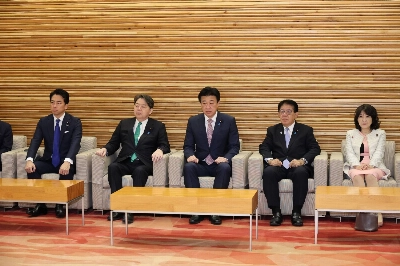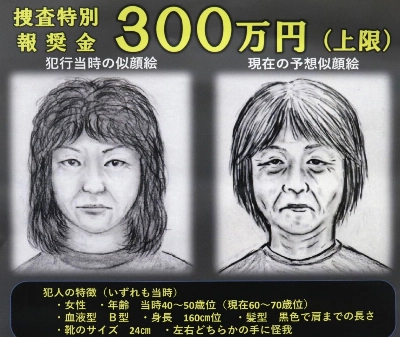The questions that now face China are whether it can maintain its own internal stability and contribute to the vitality of the wider global economy. Like many economic juggernauts before it — Japan springs to mind — China seemed unstoppable. Its economy hummed along at the almost unimaginable annual growth rate of about 10 percent. No obstacle seemed beyond its power to surmount. After the 2008-09 financial crisis, it adopted a huge stimulus package equal to about 13 percent of its gross domestic product. Growth resumed, and China's leaders were widely praised.
It now turns out that the Chinese — like the Japanese — are not infallible. Indeed, after allowing for differences in historic circumstances, China and Japan seem to have committed similar mistakes. Japan had relied on exports and business investment until an appreciating exchange rate in the mid-1980s undermined the price competitiveness of its exports. It then adopted an easy monetary policy, which led to bubbles in real estate and stock prices. Similarly, China depended on export-led growth and, when the financial crisis dampened trade, switched to a massive expansion of credit to finance infrastructure projects and more investment in heavy industry.
The trouble for both the Japanese and the Chinese was that these credit-driven booms were temporary. Japan's bubbles burst (the stock market index is still below its 1989 peak). China's bubbles left surplus production capacity in heavy industries and some sprawling residential developments that are largely empty. China's leaders seem to have accepted the need for a new economic model — one that relies on consumer spending as the main engine of growth. But changing in theory and changing in practice are not the same.

















With your current subscription plan you can comment on stories. However, before writing your first comment, please create a display name in the Profile section of your subscriber account page.